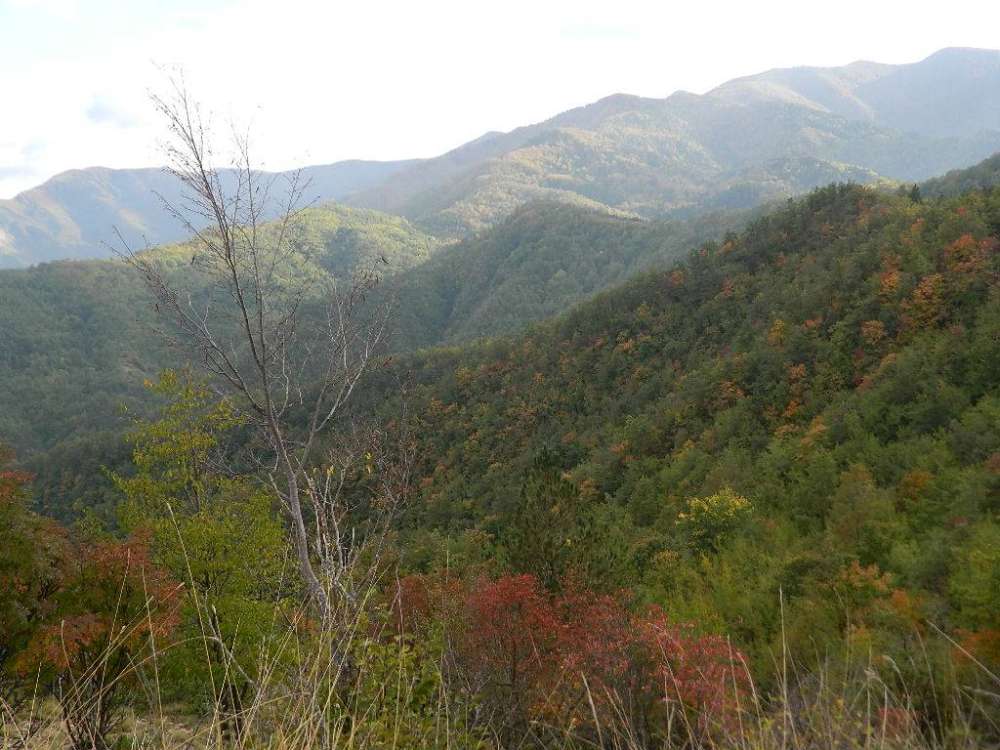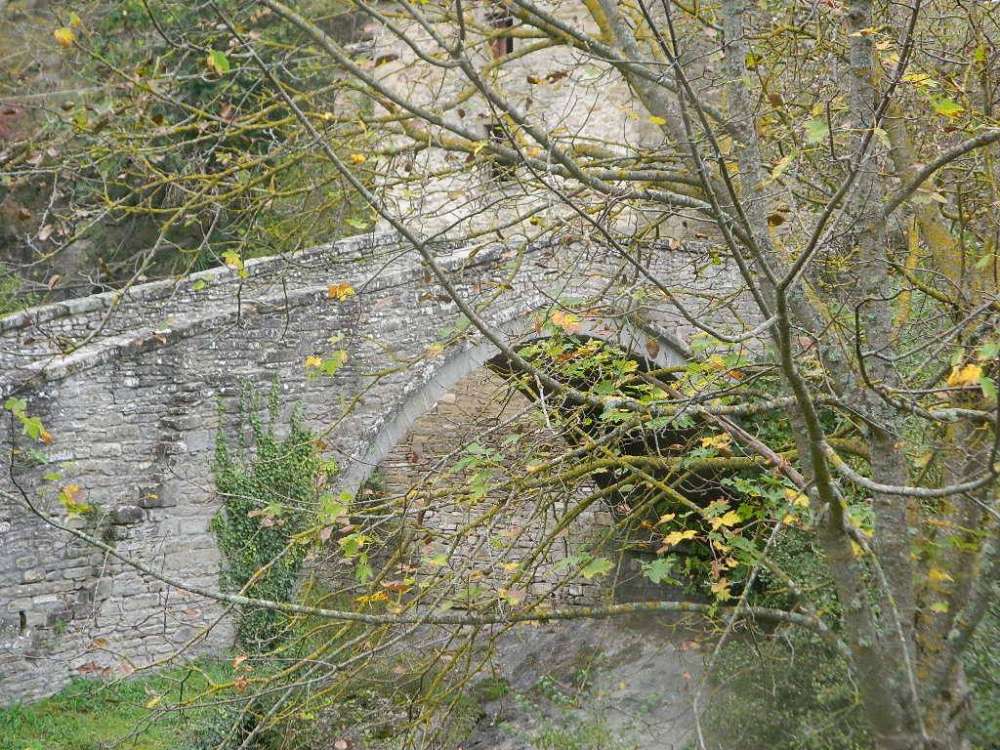
Medieval Bridges of Romagna
Medieval Bridges of Romagna: Maestà bridge in Portico
A comfortable car, warm in winter and fresh in summer: this is how we are used to travel in the modern times. But before that, feet were the main moving mean, together with horses, donkeys and mules. Streets were not so comfortable, except the main ones such as via Emilia, built by the Romans. And as you may know, Italy has a mountainous backbone, the Apennines, very difficult to cross.

Bridges in Romagna
Deep rocky valleys to pass through and hard climbing paths to walk, carrying all the wares and necessary belongings on the shoulders or on the donkey. The medieval local trading system in Romagna and in Italy used to be like that: wares travelled from one town to another on the streets.

This is the reason why Romagna and in general Apennines have so many stone bridges, and mostly all of them have a very special shape, called humpback.
Very well built, made of local stones taken by the underlying river, these bridges were a lovely element in the roughness of the woods, so dark and obscure, and most of the times they announced the nearness of a borough, a place to recover, rest and have something to eat and drink.
The Ponte of Maestà in Portico di Romagna
Built in XIVth century over the Montone River, its real building age is not quite clear. Some documents date it to 1328, but for sure it was already existing in the Middle Age, The bridge has a unique arcade, as all the bridges built in the area and it is made of local stone. It connect the lower part of the borough (which has three levels) to the trail of the "Castellina", which still exists, and goes into the valley of Premilcuore.

On the other side of the bridge, right at the end, a little chapel that guided the pilgrims before they started the path of Saint Francis, which still passes through Portico.
The bridge was restored in the XVIIth century but the pavement is still original and is one of the main attractions of Portico di Romagna.



